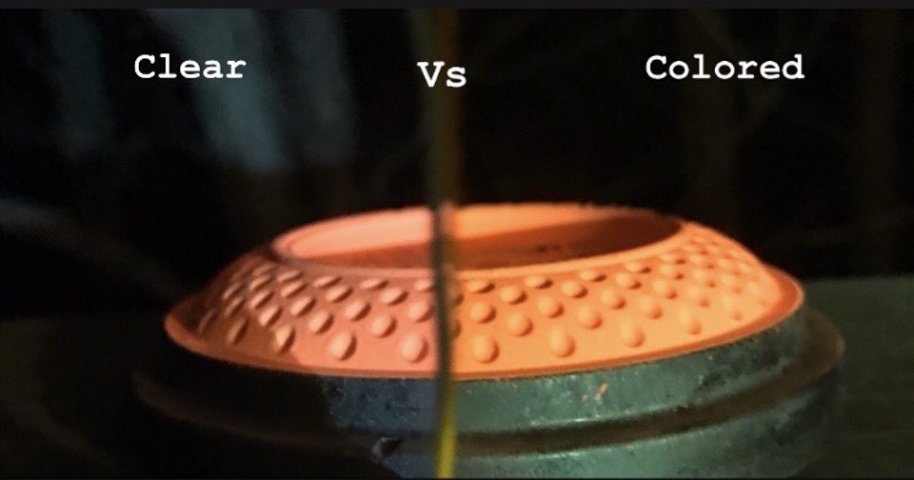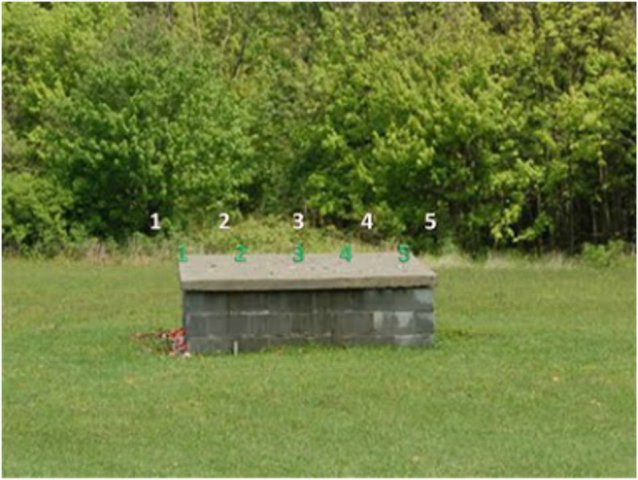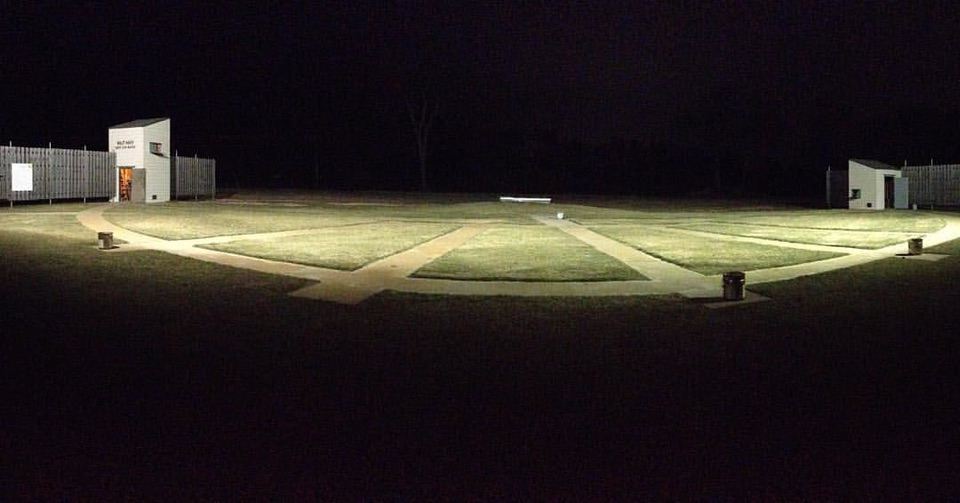Night shooting can be a fun way to destress after a shoot or for an upcoming shoot. It’s challenging for shotgun shooters, even those that are great, because of the lighting difference and the crazy weather you can get at the end of the day.
Actually, night shooting is just something fun that doesn’t have to be stressful, mostly because a lot of time you won’t be shooting competitions at night. I only know of a few competitions that are at night and they are just friendly competitions that aren’t going to count against you, and even in those competitions, the people you are shooting against are having just as much trouble as you trying to find the targets. But, there are always little things that can help.
Night shooting can be difficult because of the clay bird being difficult to see when it exits the trap or skeet house. You’ll want to make sure you have the best color lens in your shooting glasses, so you can pick up the bird faster as it comes out of the skeet house or trap machine. Yellow or clear lenses are usually the go-to for most shotgunners, because they believe it will help pick up the bird’s color easier. However, they don’t for me. I needed a color I could use on a cloudy day and at night. So, I tried to think of colors that would be great for a certain cloudy day and I came across clear, which worked pretty great, but it was also a little light to use during the day. Then I came across a light blue which worked great, but they didn’t make a blue lens for my glasses and I was not going to spend another $130 on shooting glasses when I already had a great pair. I discovered that a glass lens that was mostly clear but had a yellowish tint to the lens was actually perfect to use. The lens was light enough to use at night and on a cloudy day, but also enough to protect my eyes from a little sunlight. Now the only 2 pairs of lenses that I really use are my yellowish lens and my purple lens.

When a clay bird comes out of the trap house, it’s going away from you – meaning the farther away it gets, the harder it’s going to be to see the bird. The bird is already going to be hard to see, but if you don’t shoot at it within 1-½ seconds from it coming out if the house it is going to be extremely hard to see. I know 1 ½ seconds doesn’t seem like enough time to get on the bird, but the average competitive shotgun shooter will shoot at a bird in under 2 seconds from the bird leaving the house. At 2 seconds, that clay bird could already be 30 to 35 feet away (maybe even farther), and range lights are usually very bright … but after 2 seconds, that bird is not going to be bright at all. To help getting on a bird faster, I would level my gun barrel right on the top of the trap house. By putting it there, you are giving yourself an advantage, because as soon as the bird comes out of the house, it is your sight giving you a faster reaction time of getting on the clay bird.

On skeet, it’s a little harder to get on the bird fast enough to see it. You are likely to have a slower reaction time with skeet, because the bird is moving very quickly across a field. If you watch a squad shoot skeet at night, try to watch where their holding points are. (A holding point is a point at which one is set, with the loaded gun mounted, and ready to call for the bird). Some shooters hold closer to the house, while others are around 10 feet or more away from the house. In the daytime, it’s OK to be closer to the house, but I would not suggest it at night unless you have a very fast reaction time and your eyes are in perfect condition. If you move your holding point out around 10 feet from the house, you are going to have a much easier time finding the bird in a faster time period. Some of the greatest shooters hold around 10- to 15-feet away from the house; they do this because it is much easier to get on the bird quicker and your eyes pick up the bird faster when you’re not staring at the skeet house, window waiting for the bird to come out.

There are more ways you can improve at night shooting. You just have to practice on reaction time and holding points. If you can shoot a high score during the day, but can’t seem to hit one at night, I wouldn’t be alarmed. You haven’t picked up some weird habits in a few hours; you are just not used to the lighting. It is beneficial to practice in all types of weather and lighting, and hopefully, this advice encourages you to get out there and take off your shooting sunglasses.
Shelby Odom is an active teen who loves adventure indoors and outdoors. Her favorite things to do are shooting, scuba diving and rock climbing. View all posts by Shelby Odom